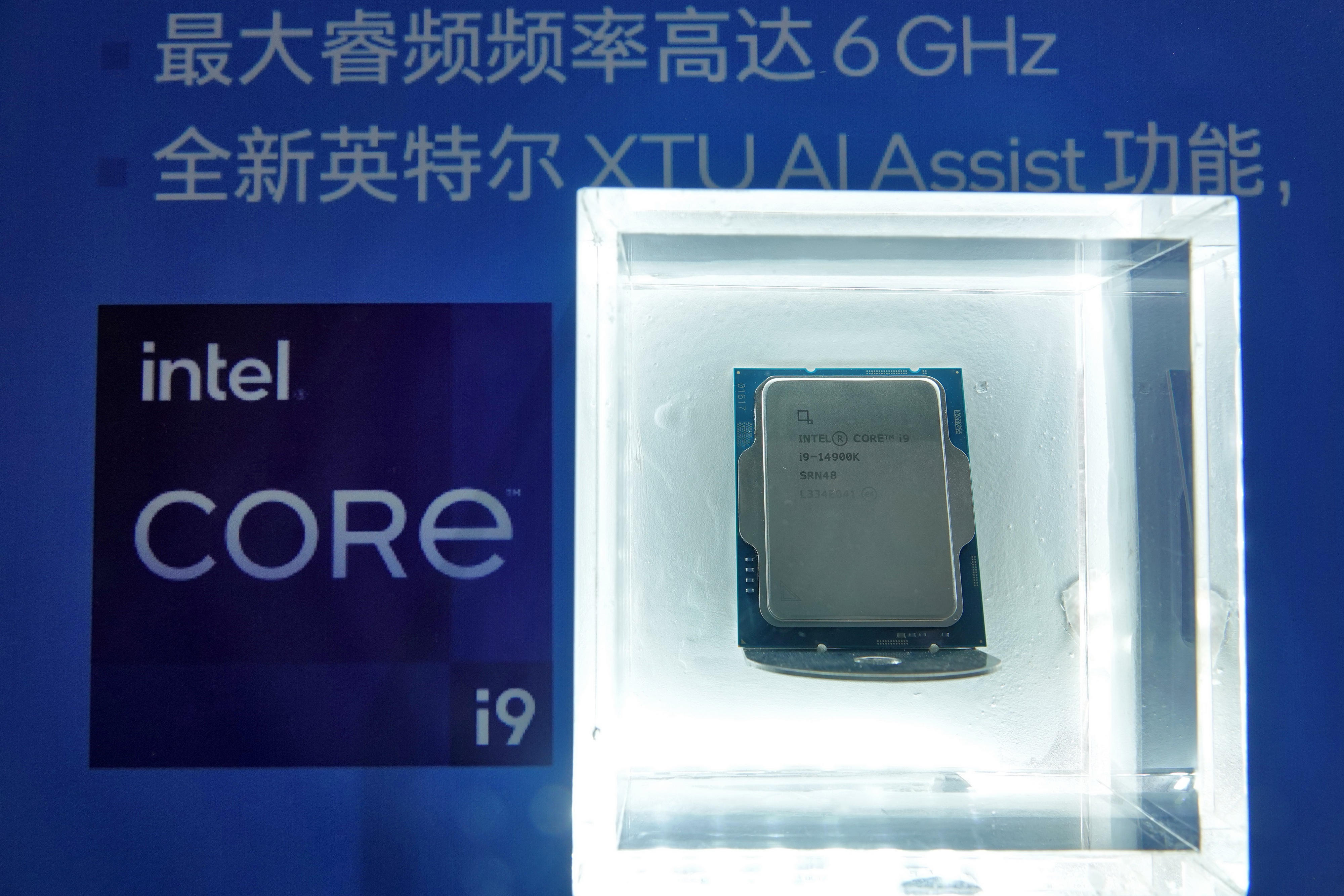Multiple generations of Intel's modern chips see price hikes up to 20% overseas — foreign markets are feeling the pinch on 12th, 13th, and 14th-gen chips

Recent reports indicated that Intel is purportedly increasing the prices of its 13th Generation Raptor Lake and 14th Generation Raptor Lake Refresh processors by as much as 10%. While this adjustment may be applicable within the U.S. market, the international markets are experiencing rises of up to 20%. Although the initial reports correlated the price hikes specifically with Raptor Lake, the price increase also extends to the 12th-generation Alder Lake processors.
Danawa (via Harukaze5719), a renowned Korean price-tracking and comparison platform, shows that the cost of the Core i3-14100F has escalated by 15% from late September to mid-October. Concurrently, the prices of the Core i5-14600KF and Core i5-12400F have risen by 13% and 11%, respectively. Additionally, the cost of the Core i5-14400F has increased by 6%.
Similar price increases have occurred in the Japanese market. The news outlet GAZ:Log reported that the Core i3-14100 and Core i3-14100F are selling for 10% and 2.6% more, respectively. Meanwhile, popular Core i5 SKUs, such as the Core i5-14400 and Core i5-14400F, have increased by 20% and 11%, respectively. The higher-end SKUs, particularly those from the Core i7 and Core i9 lineups, have minor price fluctuations of around 5%.
Intel 12th, 13th, and 14th Generation Processor Price Hikes
Processor | Korea | Japan |
|---|---|---|
Core i7-14700K | N/A | 5% |
Core i7-14700KF | N/A | 5% |
Core i5-14600KF | 13% | N/A |
Core i5-14400 | N/A | 20% |
Core i5-14400F | 6% | 11% |
Core i5-12400F | 11% | N/A |
Core i3-14100 | N/A | 10% |
Core i3-14100F | 15% | 2.6% |
Although the Core Ultra 200S (codenamed Arrow Lake) processors have been available on the market for some time, there likely remains considerable demand for previous-generation processors. Subpar performance and elevated prices have somewhat deterred consumers from adopting Intel's Arrow Lake series. A significant aspect of Intel's Arrow Lake marketing strategy has heavily emphasized AI. Yet, it is evident that not all consumers find this aspect compelling enough to justify upgrading to Arrow Lake.
Increasing prices for Alder Lake and Raptor Lake may potentially enhance Intel's profit margins. The chipmaker is manufacturing these chips using the Intel 7 process node, which is now fully mature and likely operating at full capacity. Conversely, Arrow Lake relies on a variety of external process nodes supplied by TSMC, so there is limited wiggle room for pricing flexibility. Therefore, instead of lowering prices for Arrow Lake, it is more feasible for Intel to elevate prices for processors produced on its in-house nodes, which it directly controls. Arrow Lake prices have improved since the launch; however, we suspect that the sales are not exceptional.
Intel has not increased prices across its entire Alder Lake or Raptor Lake product lineup; instead, it has done so exclusively for strategic SKUs, particularly the most popular mid-range SKUs, such as the Core i5-14400 and Core i3-14100F. These categories of SKUs generate the highest sales volume for Intel, which likely explains why they are the ones experiencing the most significant price increases in international markets.

Follow Tom's Hardware on Google News, or add us as a preferred source, to get our latest news, analysis, & reviews in your feeds.
Get Tom's Hardware's best news and in-depth reviews, straight to your inbox.

Zhiye Liu is a news editor, memory reviewer, and SSD tester at Tom’s Hardware. Although he loves everything that’s hardware, he has a soft spot for CPUs, GPUs, and RAM.
-
logainofhades Somehow I feel this is not a very good strategy, and will just help AMD sell more, unless the chips in question are mostly in OEM builds.Reply -
TerryLaze Reply
These are most probably the local market adjusting to whatever it is they are adjusting to and not intel changing prices.logainofhades said:Somehow I feel this is not a very good strategy, and will just help AMD sell more, unless the chips in question are mostly in OEM builds.
Also the site they are referencing tracks the lowest price and not the average, so a store having a sale in the last month could make it look like there is a price increase now when it's just that the sale is over. -
Gururu They make it sound like these increases are on top of the original MSRP. I can't believe the 14700k is $260 right now, thus the demand.Reply -
Amdlova The motherboard is very cheap for these cpu...Reply
You can blast your experience with cheap cheap hardware.
And the power compsumation its not a issue when these cpu can idle about 1-4w